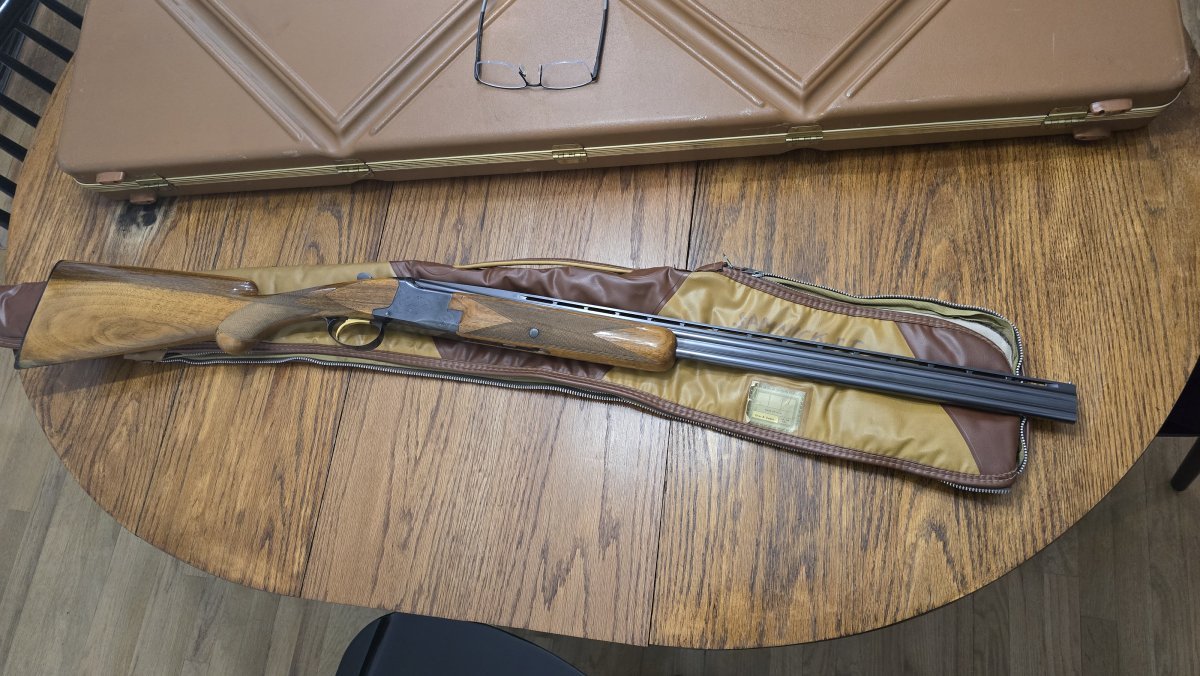Its not "rising" - but it is shot at an arc - it's only going to be "dead on" at two distances in the arc - just keep that in mind or you will continuously be adjusting your sights. . .No, I know it isn't rising. That's why I am baffled.
I will start at 100 yards tomorrow, get it dead on, and then move closer, instead of starting close and moving out. We'll see what that does.
It shouldn't baffle you, look at the chart - your rifle is doing exactly what it is supposed to do . . . 25yd zero - at 125yds should be roughly 7.7" high . . .








